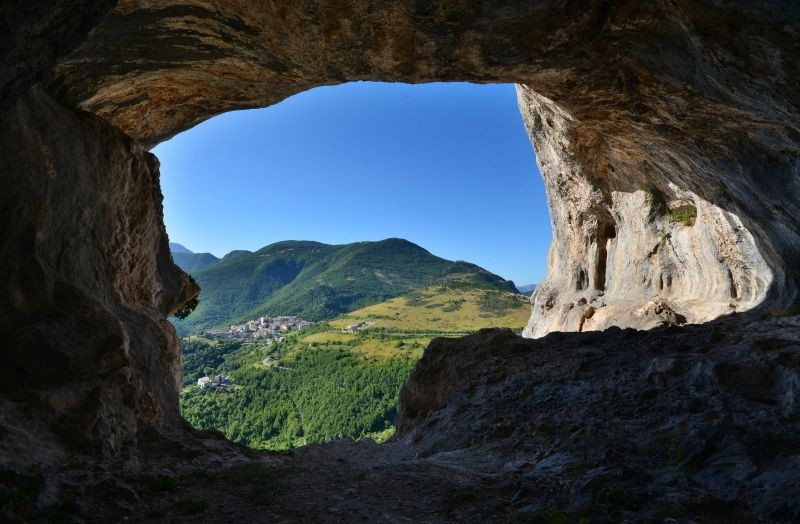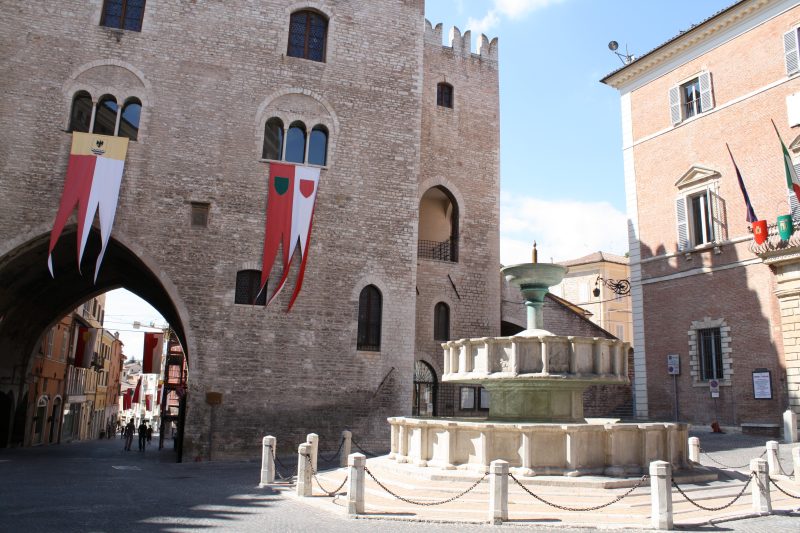Fabriano is one of the largest municipalities in Italy in terms of surface and is located in Le Marche region, in the province of Ancona. Staying in this city will be extremely pleasant, not only for the various stunning landscapes and artistic beauties to admire, but also for the generous hospitality and the good food that characterise much of the region. This destination will allow you to fully explore Le Marche, being in close proximity to the villages of the province of Pesaro-Urbino and Macerata. Furthermore, the border with Umbria is just around the corner and you could easily organise daily trips to many places of interest. The city is located at 325 metres above sea level in a valley characterised by rolling hills and surrounded by the mountains of the Umbria and Le Marche Apennines as well as other peaks, including the Monte Strega, the Monte Catria and the Monte Cucco.
Around the city streets: squares, churches and historical buildings
Let's begin the tour of the most interesting tourist sites of the historic centre from Piazza del Comune (Town Square), where rise many buildings of inestimable richness such the Palazzo del Podesta, considered as one of the best examples of Gothic style in Le Marche region; the loggia of St. Francesco; the Palazzo Vescovile (Bishop's Palace) and the Torre Civica (Civic Tower); Palazzo Chiavelli and the Sturinalto Fountain, similar to the fountain located in Perugia built in 1278 by Nicola and Giovanni Pisano. This square is the heart of city life and there are several bars where younger and older generations get together to chat. In the immediate vicinity there's the Cathedral of San Venanzo, one of the most impressive monuments of Fabriano, full of frescoes and paintings; in front of it, the former hospital of Santa Maria del Buon Gesù, a beautiful building complex built in 1456 and completely renovated in the early 90s. Inside the oratory is still preserved the banner depicting the Madonna del Buon Gesù, painted around 1460 by the Master of Staffolo. It now houses works of the art gallery and various cultural events. With its highly decorative opulence, the Church of San Benedetto is an example of Baroque art and is home to lots of other masterpieces of this style. In the square Piazza Garibaldi, the ancient heart of city industry and trade, there is the Portico of Vasari (porch) which is part of an old hospital and the only remaining example of the mid-XIX cent. arcades that once characterised the square. Do not miss the complex of San Domenico, that despite having undergone several reconstructions, still retains the original Gothic external appearance and boasts valuable decorations. Inside the monastery there is also the famous Museum of Paper and Watermark, among the most important ones in central Italy. If you want to continue the tour, there are still many churches, monasteries and oratories to explore, such as the Monastery of Ss. Biagio and Romualdo, the Collegiate of St. Nicolò, the former monastery of St. Agostino, the Church of the Sacro Cuore, the Oratory of the Gonfalone, the Oratory of Charity and the Church of St. Onofrio, also known as the Scala Santa (Holy Staircase) as here are preserved fragments of the Holy Staircase of Rome.
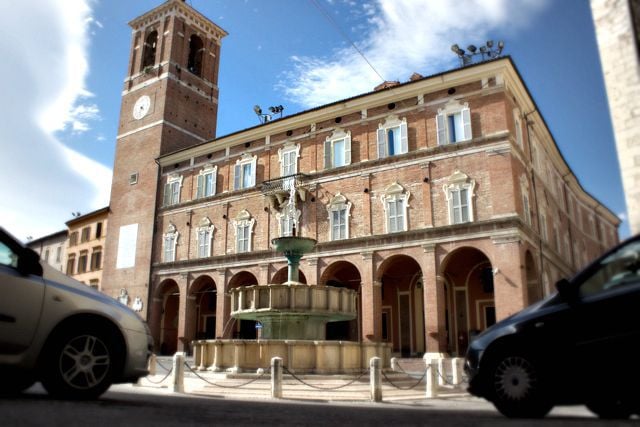
Art for all tastes: museums and theaters
If you love art in all of its facets, Fabriano will not disappoint you! To admire the historical art works, I suggest the Civic Art Gallery "Bruno Molajoli" - one of the most important collections of medieval art in Le Marche region; the collection Ruggeri-Mannucci - two local artists and the Museum of Art, History and Territory in Genga, where various religious artworks can be found. Don't miss a vist to the Museum of Paper and Watermark, where are illustrated the traditional activities of the Paper Mill to which is owed much of the wealth of this city. One of a kind, the Museum-Pharmacy Mazzolini Giuseppucci (also known as '1896 Science and Nature') is dedicated to one of the most important but least well-known historical pharmacies in Italy, where you can admire the extraordinary wooden furnishings that represent the greatest scientists and discoveries of the XIX cent., the original collection of porcelain and glass, or you can take part in one of the many organised educational activities. At the Museum of Mestieri in Bicicletta (crafts on a bike) you will find an exhibition of 66 vintage bicycles from all over Italy, which were used to carry out trade and business activities, retracing a slice of Italian history from the 20s until the 60s. Still linked to traditions, the Museum of Rural Life and the Museum of the Nativity, in the basement of the complex of San Benedetto. From 2012, the Museum of Piano and Sound has open to public and found a place inside the monumental complex of St. Benedetto, with an exhibition of 18 pianos dating from the end XVIII to the early XIX cent. To experience the magic of a live show, you can stop at the Teatro Gentile (Town Theatre), known and appreciated for its unique internal structure as well as excellent acoustics and considered one of the most beautiful and elegant theatres in Le Marche region.
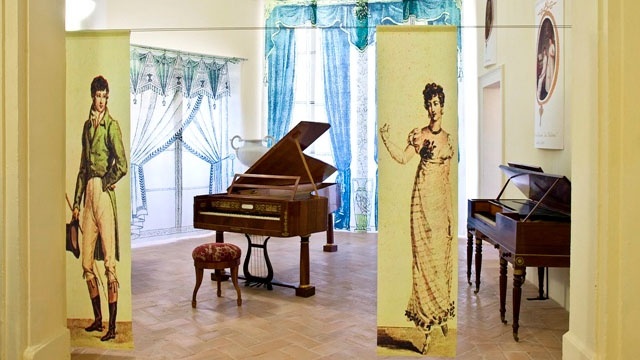
From paper to house appliances: the local industry
Fabriano is an important industrial centre, primarily for the production of paper which has very ancient origins. Hence Fabriano, the city of paper. This activity dates back to the XII cent., when Arab traders brought from China and Japan the secrets of paper production. By the end of the XII cent., artisans in Fabriano had earned a reputation as excellent masters in papermaking . The precious offset paper is now used mainly for artistic design, art prints, making of refined writing paper and for the most elegant announcement cards. Not everyone knows that this city was the birthplace of the Indesit group, with its various domestic appliances (refrigerators, washing machines, ovens) ... you probably have one of their products at home!
Since 2013, alongside Bologna and Turin, Fabriano has become part of the Creative Cities listed by the UNESCO, in the category of "Crafts, arts and popular traditions", a title recognised mainly thanks to the production of handmade paper.
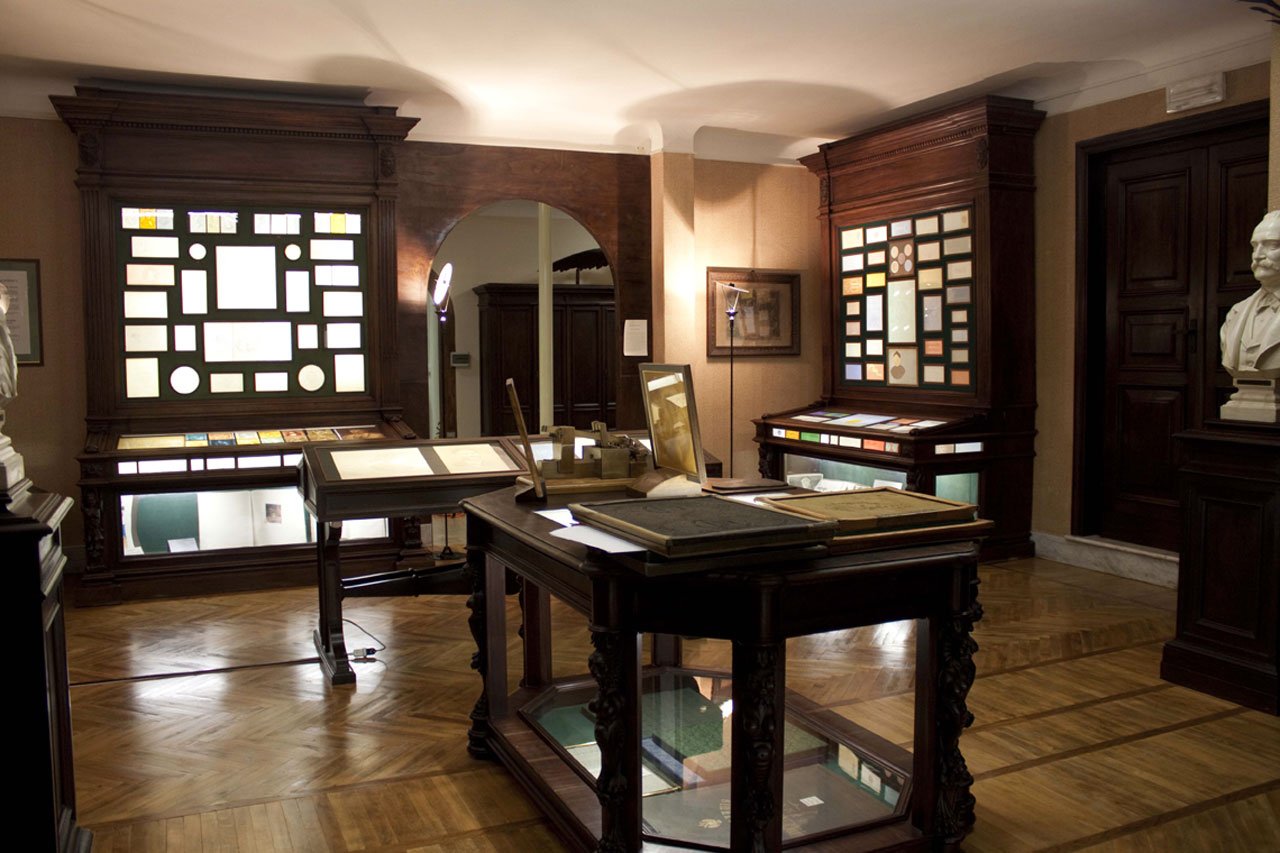
Food and Wine: must try products
Traditional products of Le Marche are among the best ones available on the market and here in Fabriano you can really taste them all: from Vincisgrassi to Cappelletti, from roast pork to stuffed pigeon and for dessert a slice of the classic Ciambellone. Among the various cured meats and cold cuts, make sure you're served the local salami of Fabriano or larded salami, possibly accompanied by the Crescia, a sort of flat bread with eggs added to dough. As for cheese, there is a very wide range of Pecorino; moreover, the area is home to the lamb from the Fabrianese breed, suitable both for the production of meat and milk. This meat is so full of aromas and tasty that it can also be used raw for delicious tartare. Talking about wines, you can easily find all the regional varieties including Verdicchio di Matelica, Lacrima di Morro D'Alba, Esino, Rosso Conero and Rosso Piceno, the Visner - which is an aromatised drink from wine and cherry - and Vino Novello, the young wine of the latest harvest.
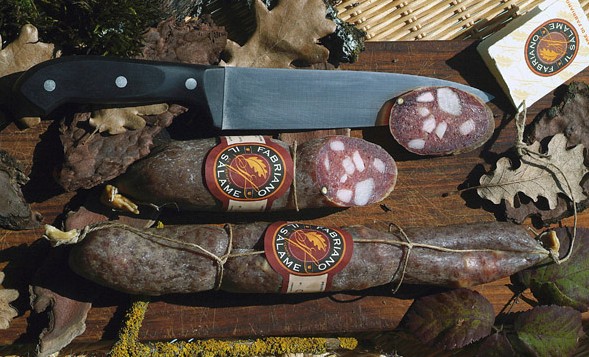
...other places to visit around Fabriano
The small surrounding towns and villages are also full of hidden treasures. First of all Genga, a small medieval castle surrounded by nature which is also a spa centre, a natural reserve and an area of great interest to all caving and nature lovers thanks to its famous Frasassi Caves. They are considered as the largest complex of caves in Europe with a series of underground paths extending for about 30 km and divided into 8 different geological levels. Well-known for their stalactites and stalagmites, centuries old limestone concentrations of various shapes, only 1.5 km out of a total of 30 km of Frasassi caves are open to the public; inside, the temperature never exceeds 14°C. While you're there, do visit the paths of the Regional Park of the Gola Rossa (Red Gorge) and Frasassi, an oasis of nature with many plant and animal species, including some very rare examples, typical of the pre-Apennines. Another beautiful park nearby is that of Monte Cucco, in the Umbria region. The park is rich in groundwater and mineral sources, with pristine waterways, large intact beech forests and karst caves. The high quality of the Monte Cucco Park makes it an ideal place for doing mountain sports, such as gliding, cross-country skiing or trekking. The hermitage of Monte Cucco is definitely one of the most charming in its genre; it's set in a forest of chestnut trees on the sides of the Monte Cucco, in the town of Scheggia. Built around the year 1000, the complex has been recently renovated. Another evocative place not to be missed is that of Fonte Avellana, in the town of Serra Sant'Abbondio, on the slopes of the Monte Catria. The Hermitage is mentioned even in the Divine Comedy by Dante Alighieri (Paradiso, Canto XXI), who seems to have also been a guest. Do not miss the delicious artisan products prepared by the monks according to ancient recipes.
